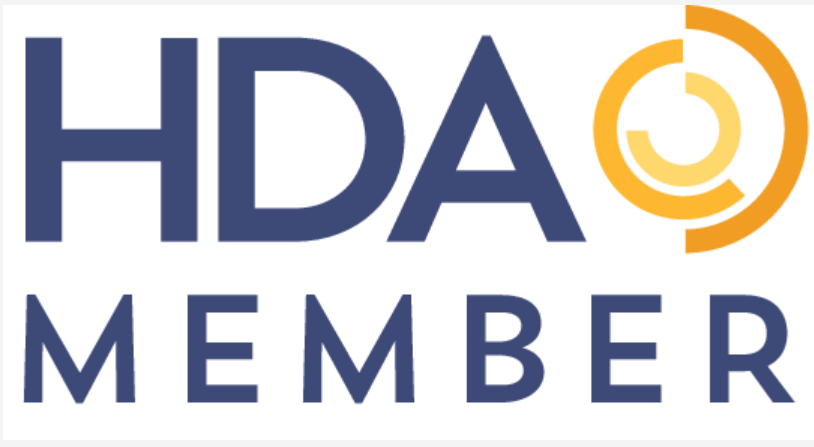Is it Time to Consider RFID Again?
Is it Time to Consider RFID Again?
With the overwhelming number of events and things happening in the US Rx Supply Chain, many manufacturers to Rx dispensers are asking this question.
There are many who will mention the requirements for barcodes being well established, statutorily required and still unfolding that they feel means there is a decision to be made between the approaches. Our belief is that manufacturers should not let the expected long term use of barcodes prevent the avenues of the significant number of benefits that are increasing all the way to the point of dispense. To help advance the conversation, here are some key reasons why we think the answer is "yes" it is time to look at RFID again:
- The technology has evolved significantly. Many of us were a part of early RFID activities all the way back to the late 1990's and we experienced the limitations in the early hardware, tags and integration. To meet companies like Walmart's early RFID pilot requirements, we saw many suppliers find easier ways to pilot RFID which often involved off-line tag printing and sending data in spreadsheets. We experienced the challenges with low read rates and active battery lifespan. We saw the uncertainty on RFID and possible negative long term impacts on effectiveness of products from electronic to OTC drugs. To say the technology has come a long way doesn't fully grasp the long history, amount of efforts, testing and piloting that have happened. This article from University of Arizona gives the longer history highlights going all the way back to the 1920's. The evolutions since 2000's have focused heavily on miniaturization, readability, range and scales of efficiency which is enabling unit of sale/dispense level viability. http://www.u.arizona.edu/~obaca/rfid/history.html
- 1st Movers and Best Practices Have Been Established. Most industries are now using RFID in some capacity and each new use case brings new advancements in lessons learned and best practices. Recently this has started happening more in medical devices and now packaging for prescription drugs where hospitals and pharmacies are realizing the significant advantages to RFID compare to manual or scanning approaches. We thought this was a well put together article about Fresenius Kabi's insights on their recent roll out of RFID on Rx Products this year. https://www.healthcarepackaging.com/issues/regulatory/article/21603208/fresenius-kabi-goes-above-and-beyond-dscsa-requirements-with-rfid?utm_source=Newsletters&utm_medium=HCP+Serialization+Countdown+NL&utm_term=20210916&oly_enc_id=7132G5700501B4R
- The Use Cases Will Continue To Increase. Many of the hospitals we have visited over the past few years are now utilizing RFID in a wider variety especially in the area of medical devices and patient tracking where accuracy and cost of a single device can be substantial. The results of a mistake in tracking on a device can have devastating impacts when that device is often implanted in a patient, so you can be certain that accuracy has been pressure tested. Hospitals have realized the importance of keeping front-line workers focused on the actual procedure and patient care and not spending excessive time recording information manually or finding a barcode to scan. In prescription drug packaging, the rising need for greater controls on inventory is causing many to see the potential RFID has shown in other applications recently to reduce errors, prevent theft/abuse, improve temperature tracking and open the door for returns on investments in cost reductions.
- Standardization Is Now Available. Groups like GS1 and RAIN Alliance have been working for years to develop standards that are now widely available and in use. This means that any hospital or pharmacy can now require these standards to help ensure that manufacturers are producing labels in a centrally useable way that helps avoid the challenge of managing inventory with different hardware or software. We are also encouraged by groups like The MSU Axia Institute announcing conformance testing initiatives that can serve as an assurance that manufacturers are meeting minimal readability levels and following globally recognized standards. https://www.youtube.com/watch?v=UYkox5WKC-Q
- Cost Continue to Come Down. Probably the biggest barrier for adoption has been cost. Initially RFID tag cost was measured in dollars which limited use to only the highest priced product. As this article from McKinsey outlines, the cost has dropped dramatically in recent years including "average cost of an RFID tag has fallen by 80 percent to about four cents in the last decade, while read accuracy has doubled and range more than quintupled. https://www.mckinsey.com/industries/retail/our-insights/rfids-renaissance-in-retail
We realize that as with any technology, there will always be learning curves and initial challenges to overcome as each organization steps into an evolving adoption. We encourage those considering RFID to join the conversations and talk with your customers to understand their interest and needs. As the articles referenced demonstrate, barriers are continuing to come down and benefits are continuing to grow.
We are happy to hear any comments or further insights that you may have and as always you can reach us at info@tencountconsulting.com
Mark Karhoff- Principle Consultant




